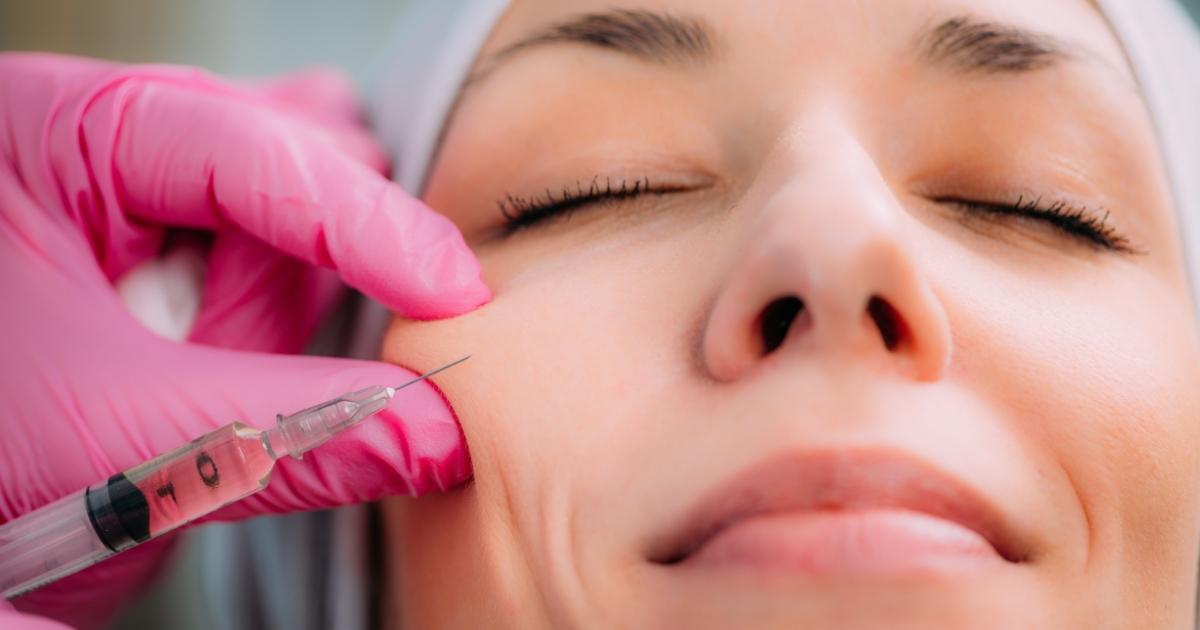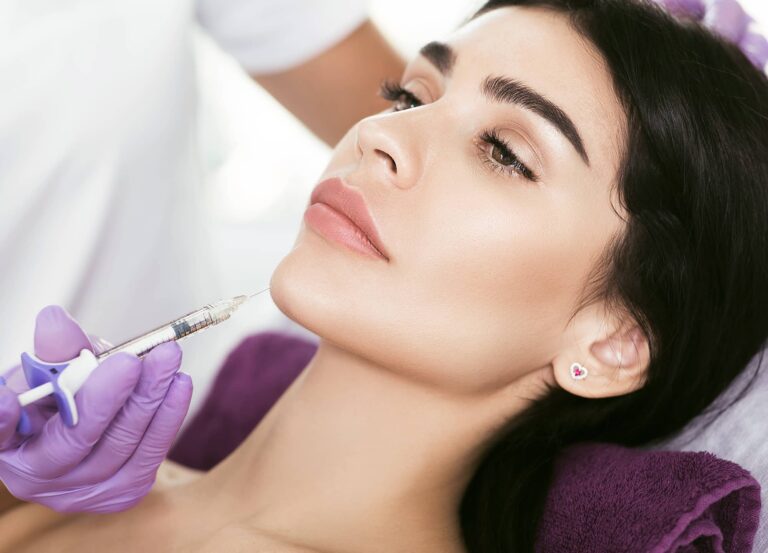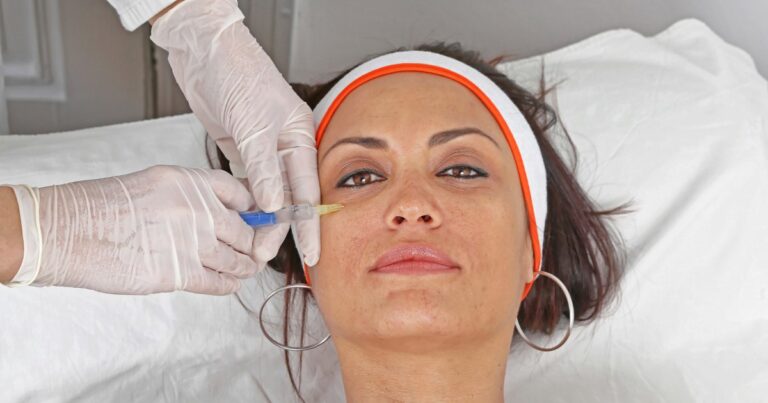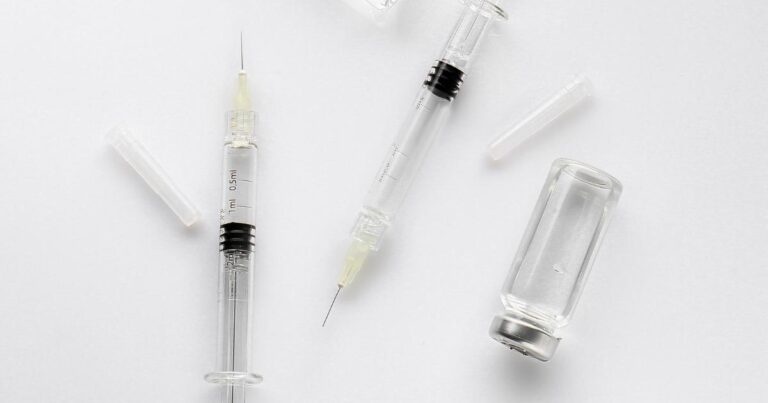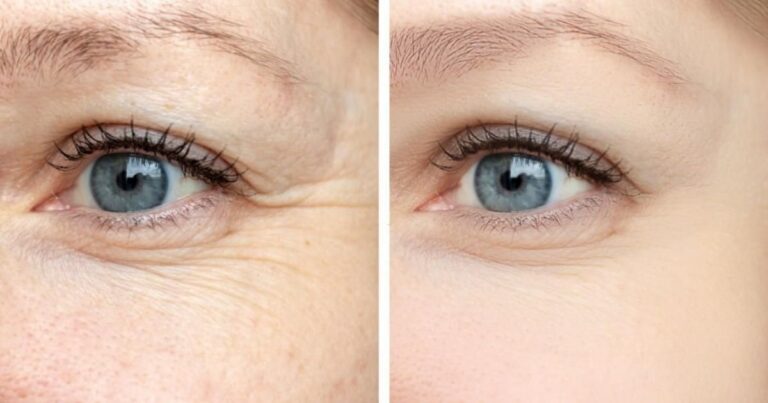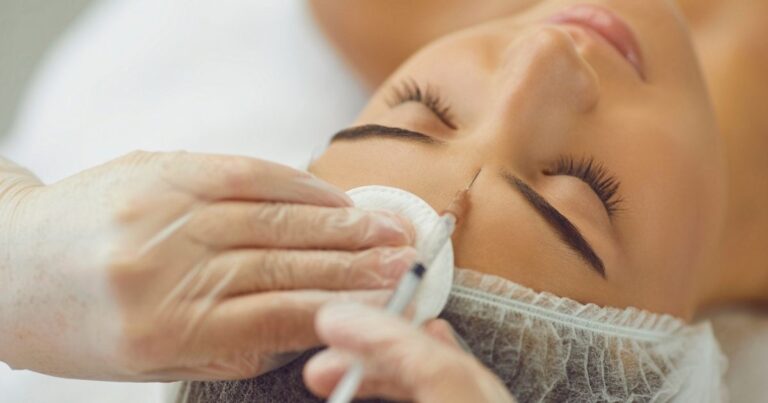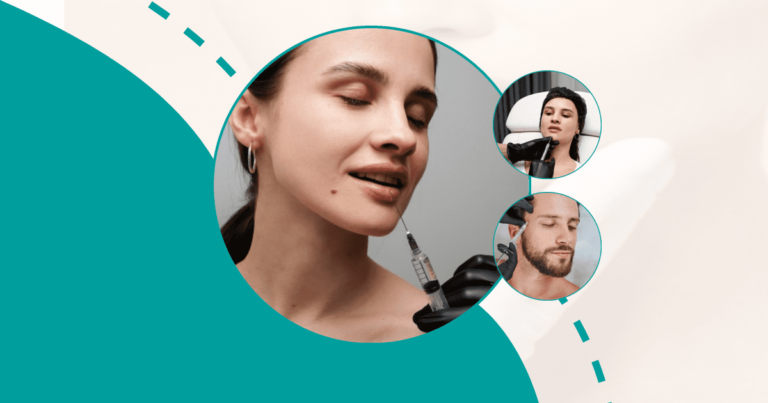In the age of social media and society’s obsession with beauty standards, a rising trend has captivated Millennials – the use of dermal fillers. These non-surgical cosmetic procedures provide various facial enhancements and have experienced significant growth in popularity.
Influenced by a culture fixated on celebrity images and pursuing an idealised concept of beauty, Millennials and Dermal Fillers to enhance their self-confidence and showcase their individuality. This narrative will delve into the underlying reasons for the surge in dermal filler usage among Millennials.
Millennials and Dermal Fillers: Are Millennials getting dermal fillers?
Millennials are increasingly opting for dermal fillers as a preventative measure against the signs of ageing. They utilise these treatments to uphold their youthful appearance and prolong the onset of wrinkles. This emerging trend stems from a strong desire to constantly present their best self, influenced by the pervasive influence of social media and the consistent sharing of selfies.
Dermal fillers provide a non-surgical approach for addressing signs of ageing. This option appeals to millennials because it is less invasive than traditional cosmetic surgeries. However, weighing the potential risks and side effects associated with any medical procedure is essential.
Book A Consultation With Dr Tarek Bayazid
Top-rated Plastic Surgeon For Fillers in Dubai
Installment Plan Available
| Pros | Cons |
| Non-surgical | Potential side effects |
| Quick procedure | Results are temporary |
| Immediate results | Can be costly |
Are dermal fillers safe for millennials?
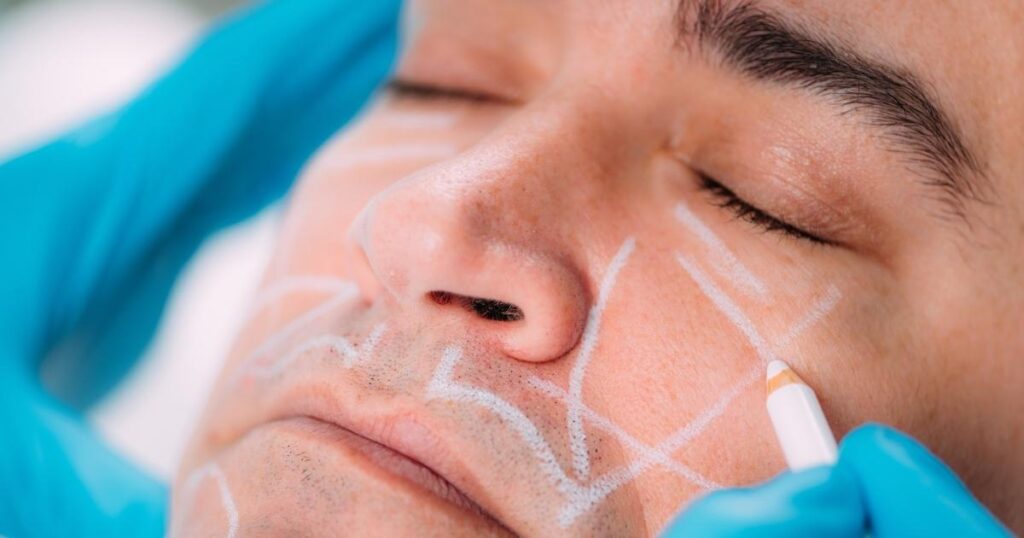
Dermal fillers are commonly regarded as safe for use by millennials. Dermal fillers, though FDA-approved, can still have side effects. These effects vary from mild bruising and swelling at the injection site to more severe complications like infection or allergic reactions. However, consulting with a qualified medical professional before undergoing any cosmetic procedure is crucial. They can offer personalised advice based on your health history and aesthetic goals.
| Age Group | Safety Consideration |
| 20 – 29 years | Dermal fillers may be safe for certain concerns |
| (e.g., minor volume loss, early signs of ageing) | |
| 30 – 39 years | Generally safe for addressing moderate signs of ageing |
| and facial rejuvenation | |
| 40 – 49 years | Considered safe for treating moderate to significant |
| age-related volume loss and deep wrinkles | |
| 50+ years | Safety depends on individual health and skin condition |
| Consultation with a professional is strongly advised |
Safety Measures: Ensuring Dermal Filler Procedures are Secure for Millennials
Millennials are advised to seek guidance from a qualified medical professional before considering dermal fillers, despite the generally acknowledged safety they possess. Gaining an understanding of the potential risks and side effects while also ensuring the provider’s reputable credentials become crucial steps in prioritising safety. Furthermore, it is essential to verify that the chosen provider utilises FDA-approved fillers.
| Safety Measures | Description |
| Choose a Qualified Provider | Select a licensed and experienced medical professional |
| specialised in dermal fillers | |
| Prior Consultation | Schedule a thorough consultation to discuss goals, |
| expectations, and medical history | |
| Allergy Testing | Consider an allergy test before the procedure |
| to identify potential allergic reactions | |
| Use FDA-Approved Fillers | Ensure only FDA-approved dermal fillers are used |
| Hygienic Environment | Verify that the facility maintains a clean and sterile |
| environment for the procedure | |
| Individualised Treatment Plans | Tailor the treatment to each person’s unique needs |
| Avoid Overfilling | Administer fillers conservatively to avoid overfilling |
| Discontinue Blood Thinners | If applicable, stop using blood-thinning medications |
| before the procedure | |
| Post-Treatment Care | Follow the provider’s instructions for aftercare |
| and monitor for any adverse reactions | |
| Gradual Enhancements | Space out treatment sessions to allow for |
| gradual enhancements and minimise risks | |
| Know the Risks and Complications | Educate yourself about potential risks and |
| complications associated with dermal fillers | |
| Report Any Issues | If experiencing any problems or concerns post-procedure, |
| promptly report them to the provider | |
| Avoid Bargain Offers | Be cautious of overly cheap deals or discount offers |
| from unverified sources | |
| Be Realistic with Expectations | Understand the limitations of dermal fillers and |
| have realistic expectations about the results |
What types of dermal fillers are popular among millennials?
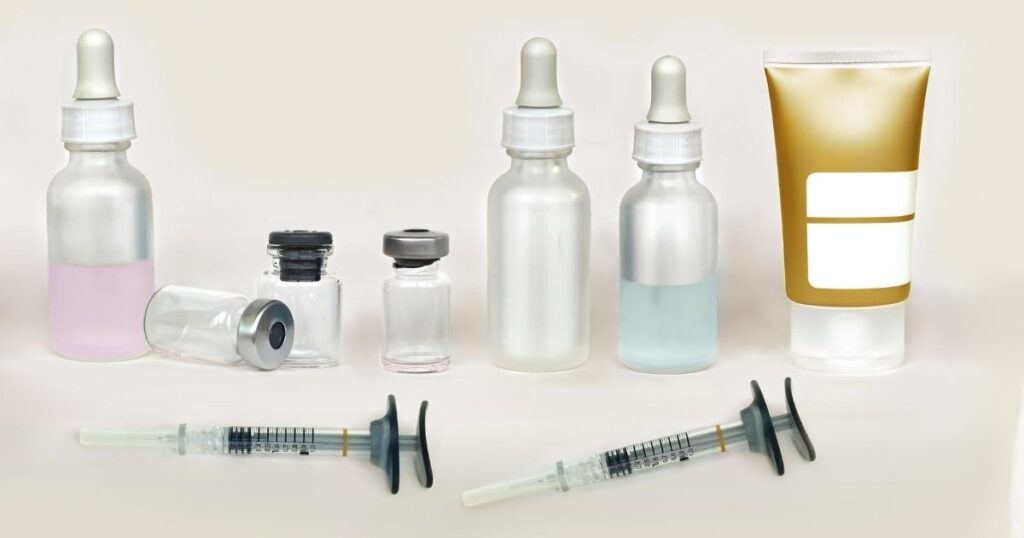
Hyaluronic acid fillers are highly favoured among millennials as the go-to dermal fillers. Recognised for their remarkable capacity to augment volume and smoothen wrinkles, these fillers reign in popularity. Additionally, poly-L-lactic acid fillers take the spotlight with their ability to stimulate collagen production, while calcium hydroxylapatite fillers provide a solution for deeper wrinkles and folds.
Each type of filler provides unique benefits and may have potential side effects. Therefore, it is crucial to consult a medical professional to discuss available options and determine the most suitable choice for your needs.
Popular filters:
- Hyaluronic acid fillers
- Poly-L-lactic acid fillers
- Calcium hydroxylapatite fillers
How long do dermal fillers last?
The longevity of dermal fillers varies depending on the type used and the treated area. Typically, hyaluronic acid fillers can last six to 12 months, whereas some may even provide results for up to two years. However, individual outcomes may differ based on metabolism, lifestyle choices, and skin type.
Regular maintenance treatments are often necessary to upkeep the desired results. It is imperative to have a thorough discussion with your provider regarding the level of commitment required and plan accordingly.
| Type of Dermal Filler | Duration of Results |
| Hyaluronic Acid Fillers | 6 months to 2 years |
| Poly-L-Lactic Acid Fillers | 1 to 2 years |
| Calcium Hydroxylapatite Fillers | 1 to 2 years |
How much do dermal fillers cost?
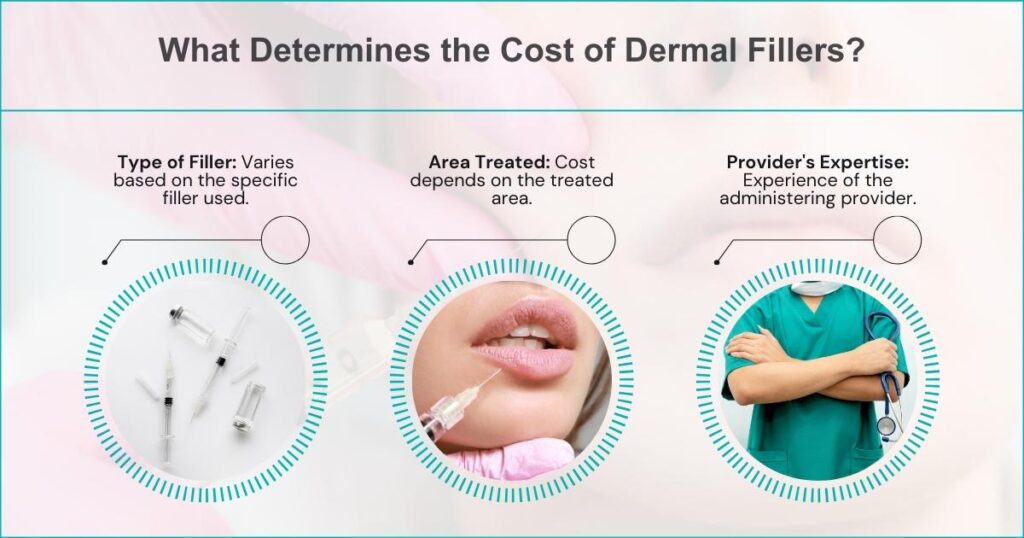
The cost of dermal fillers can vary significantly depending on multiple factors. These include the specific type of filler used, the area being treated, and the experience of the provider administering it. The average cost of fillers in Dubai is AED 1200. The minimum cost is AED 999, and the maximum is AED 1500. It’s essential to consider this expense as an ongoing investment because regular treatments are necessary for optimal results.
Cost factors:
- Type of filler
- Area treated
- Provider’s expertise
Key Takeaways
- Millennials are increasingly turning to dermal fillers as a preventative measure against ageing.
- Dermal fillers are generally safe, but potential risks and side effects should be considered.
- Hyaluronic acid fillers are the most popular type among millennials.
- The longevity of dermal fillers varies, with regular maintenance treatments often necessary.
- The cost of dermal fillers can vary widely, with safety and quality paramount.
Dr Tarek Bayazid, a leading plastic surgeon in Dubai, is renowned for his exceptional work. For personalised advice and consultation with Dr Tarek Bayazid, book a consultation today to explore the best options for achieving your aesthetic goals and maintaining a youthful appearance.
Dr Tarek’s dedication to excellence and commitment to patient satisfaction make him a trusted choice for your cosmetic needs. Rest assured that you are in the hands of a skilled and caring professional with both Serbian and Dubai Health Authority DHA licenses, assuring the highest standards of care.
FAQs
Why are millennials getting dermal fillers?
Millennials are using dermal fillers as a preventative measure against ageing. They offer a non-surgical solution to maintain a youthful appearance.
Are dermal fillers safe for millennials?
Dermal fillers are generally considered safe for millennials. However, potential risks and side effects should be considered.
What types of dermal fillers are popular among millennials?
Hyaluronic acid fillers are the most popular type of dermal fillers among millennials.
How long do dermal fillers last?
The longevity of dermal fillers depends on the type of filler and the area treated, with regular maintenance treatments often necessary.
